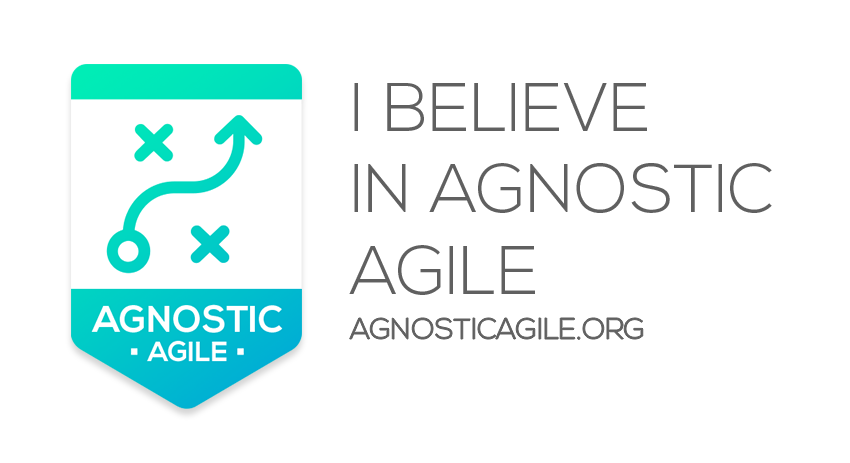 The answer is yes you should hold a kick-off meeting. But why?
The answer is yes you should hold a kick-off meeting. But why?
The kick-off meeting gives everyone a chance to get together (team members, stakeholders, customers, etc.) and discuss the project.
- You can make sure everyone is informed of their expected role in the project
- It gives you an opportunity to answer any questions relating to the chosen process, in this situation Scrum, but it could apply to any Agile or non-Agile project.
Product Owner’s Role
The Product Owner should discuss the project backlog. It should be clear how the Product Owner intends to work the prioritization for this project. They can also explain their role in the project for those who have questions.
Other items to consider for discussion:
- The Return on Investment of the project
- Methods of incremental release
- Advantages of incremental release
The Scum Master’s Role
The Scrum Master needs to be on the lookout for any issues or risks raised. The kick-off meeting gives him or her one last opportunity to do that before starting the Sprints. These issues can come from anywhere, a stakeholder, a Development Team member, or the Product Owner. It is a chance to align the expectations with the project after all the initial pre-project work gets out of the way (unless you are lucky, there is always pre-project work).
Other items to consider for discussion:
- Coach on the outcome of the Sprints and the expectations
- Establish where some problems may exist
- Take notes of issues, risks, or impediments that stakeholders think may exist
 The Development Team’s Role
The Development Team’s Role
The Development Team can use this as a form of a retrospective. Many of them may have been involved in other projects, some with similarities to the new project. Discuss the issues faced in those prior projects and how they were solved. Try to get ahead of the problems and get them out in the open.
Other items to consider for discussion:
- The definition of “Done”
- Concerns – such as skill ability, training, etc.
- Their role and the importance of being dedicated to the project
The Customer’s Role
The customer should ensure that the stated objective matches the required business objective. They should raise any last-minute concerns about the alignment of the goals and objectives.
Other items to consider for discussion:
- Do the chosen processes meet the required needs
- The technology planned compared to the technology needed
- Any questions related to Scrum, incremental delivery, or their expected contributions
Reflection
The question isn’t really should you have it, but can you make enough time to cover everything. You will benefit greatly in your projects if you can create the time to go over all of the issues. It may save future misunderstandings and some last minute changes.
Sources
Images from pixabay.com
Categories: Agile, Leadership, Project Management, Scrum



Scrum does not forbid having a kickoff meeting. But how long would you run this meeting that is the question.
LikeLike
That is true. I think it may depend on how involved you want to get. You could cover just the basics, leave room for questioning and get done in an hour. I think it might be better to allow for two hours to get more detailed and address any concerns and how you might deal with them. You may still be able to do all that and get done in less than two hours. Project size and scope, as well as how knowledgeable your stakeholders are to begin with, can impact the duration.
LikeLike
Another the pitfall is when people lock in the discussion during the project kick-off meeting. This may happen if they do not understand the underlying principles of Scrum. How did it running the project kick-off for Scrum project work out for you?
LikeLike
I think it helped establish a rapport with the team. It gave us a chance to get organized and aligned. Half the battle with projects is keeping people feeling like they understand what is going on and things are under control without communicating too much. Communicating too much can cause a totally different set of problems.
LikeLike
Usually an hour was sufficient. They weren’t ever timeboxed. I learned the art of a kick-off meeting actually in non-scrum Agile. I think 3/4 or better of my work has been in hybrid agile-waterfall environments. So it seemed natural to me when it was done in Scrum.
LikeLike